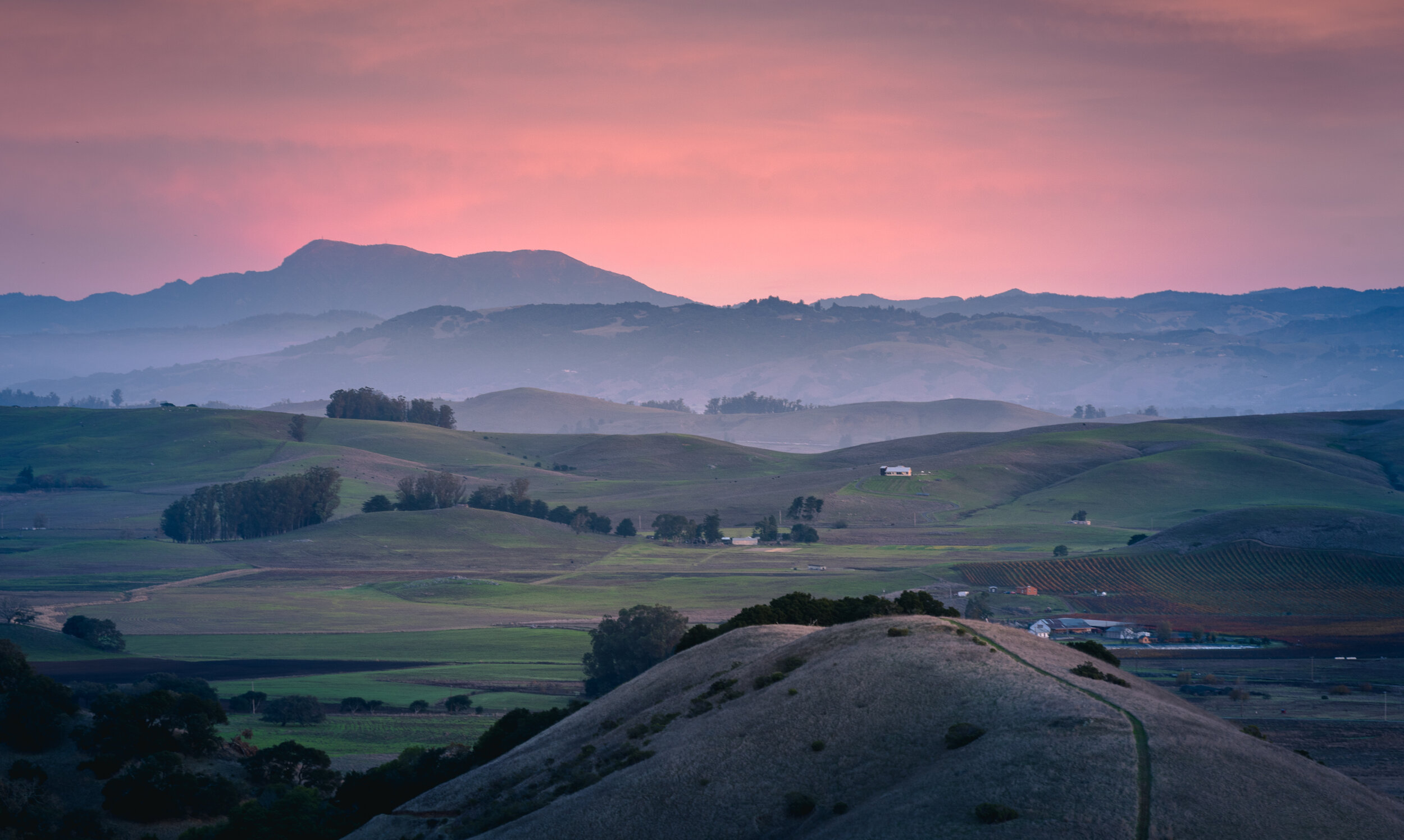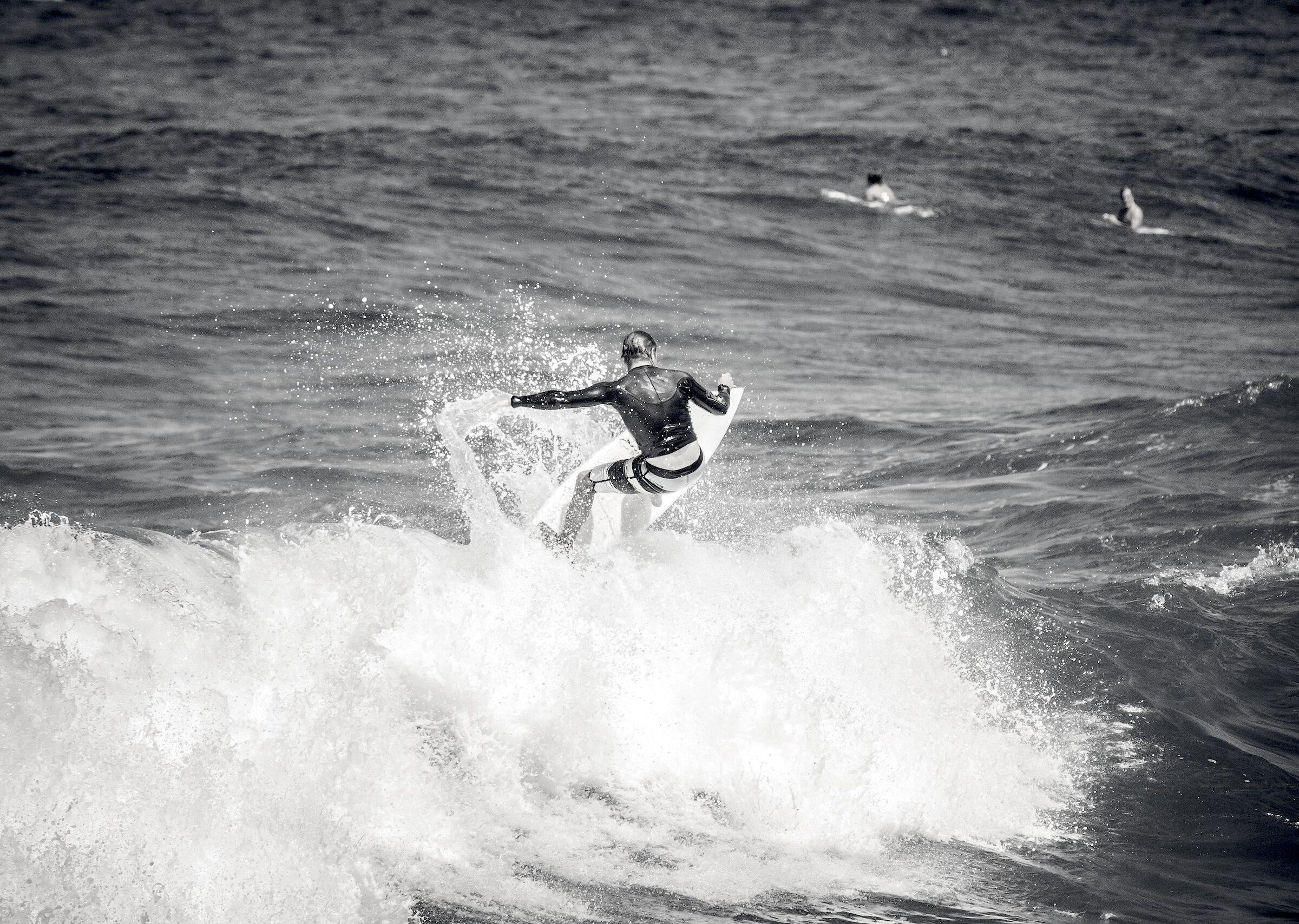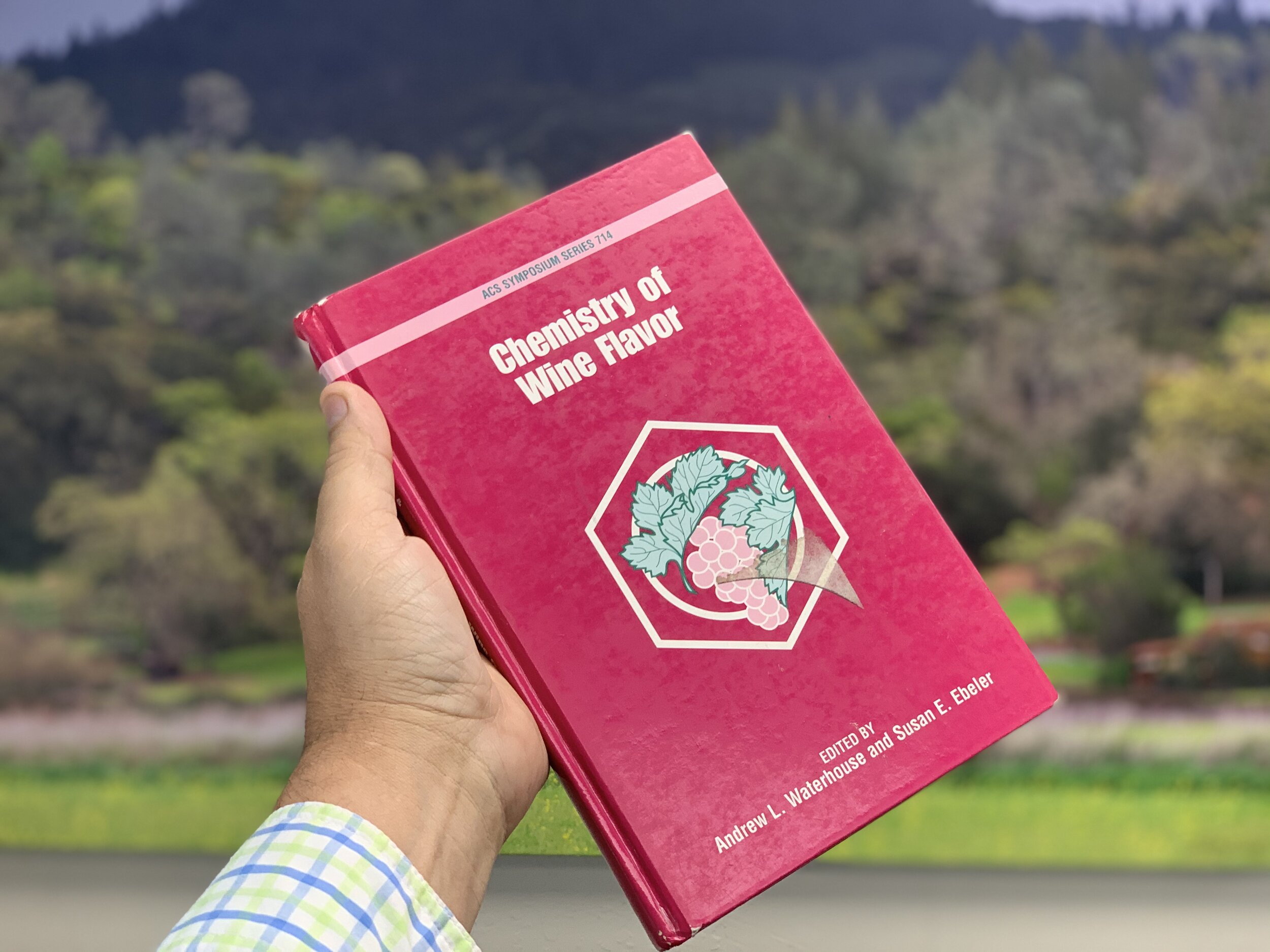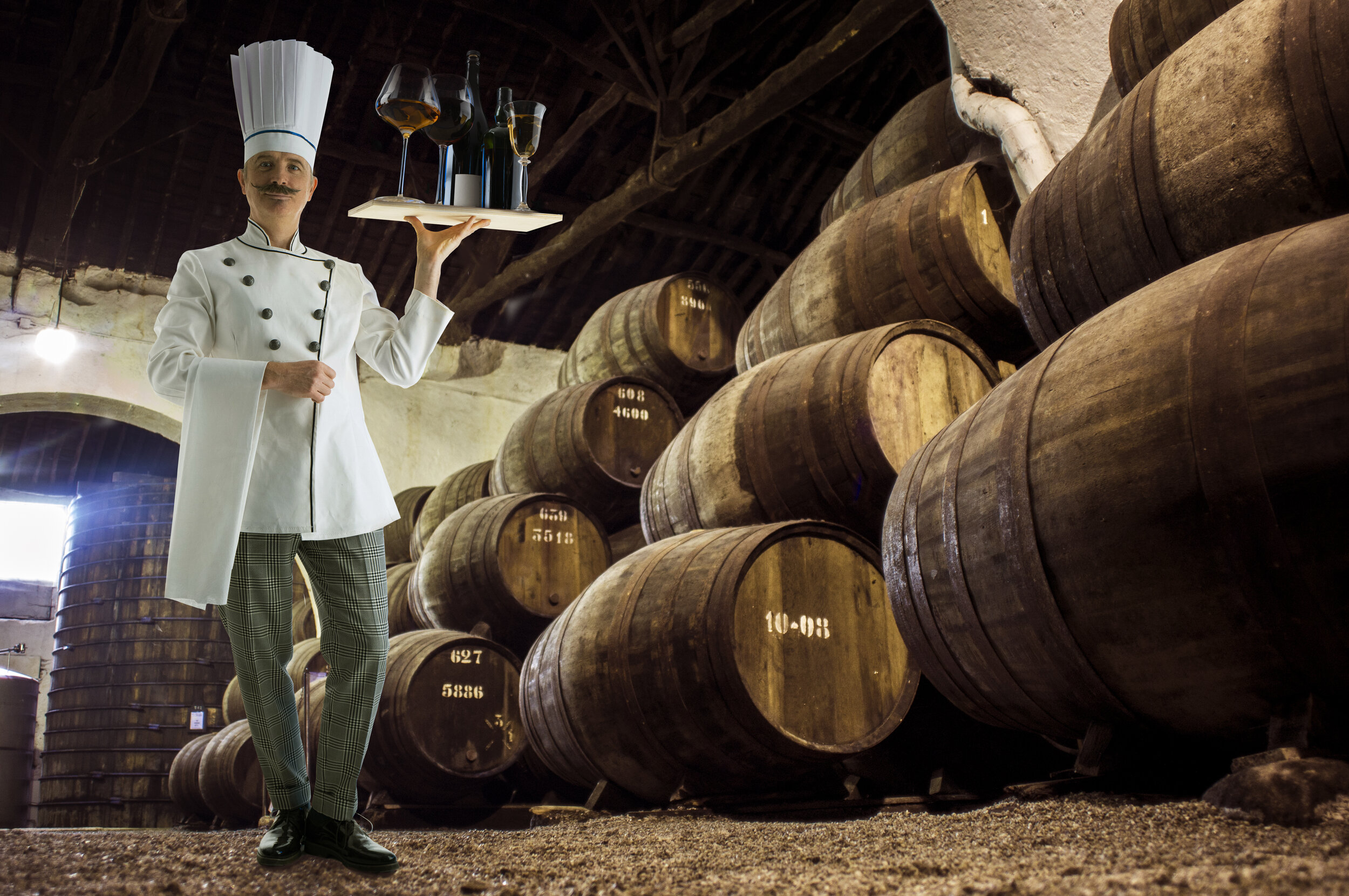Petrus, legendary wine of noble distiction, is produced from 100% Merlot Grapes, of which you may have read in the last post ‘The Sexiest Loser’, was demoted to ‘sub-standard’ in the world of California wine by the B-rated wine movie “Sideways”.
In fact, the 2020 harvest proved that if you were a grower of Merlot (as opposed to Cabernet Sauvignon) you were much more likely to be rejected for ‘smoke taint’ from the California fires in wine country this year.
Why? Well, I suppose it’s part politics and part market forces that drive reputation and value into a variety of wine….as well as particular brands. Petrus vs. the ‘forever-shamed’ California Merlot is a test case in comparing uber-quality in world class wines with excellence in consumer purchase value.
Hopefully a few of today’s readers will go out and purchase one of the many exceptional Merlot’s from California’s sub-AVA’s (scroll to bottom of article for several of my personal recommendations for excellent Merlots for under $50).
Remember, Petrus sells for $2,500-5,000 or more per bottle…..it’s 100% Merlot for many vintages now. This article establishes the fact that Merlot is a key target for excellence and value and that consumers around the world can purchase near-quality (within reason) without having to spend the kind of dough you’d have to shell out for Petrus.
This article is not about “Merlot”, per se. It is about establishing the excellence in particular wines and how to locate exceptional value without having to sell your Hawaiian condo to do so.
I’ll not make the claim that you will acquire the nuances of the depth of Petrus for under $50 bucks, but I will share a simple purchase philosophy for a few short tricks to make your wine purchases much easier and rewarding.
In the next 3 minutes of reading, I’ll lead you to the ‘how’ to buy a great wine of “world-class” quality in 4 easy steps….and yes, it will take just a few more minutes to save big $$$ but WELL worth it!
How a Fine Wine Was…and IS Determined
Is petrus worth it?
Why The Year 1855 is worthy of remembering?
Nephew to Napoleon, Napoleon III, sought to establish a ‘principled hierarchy of quality’ within the wine production forces of France. Well known to the world was the excellence and prowess of wines from Bordeaux but to codify ‘quality hierarchies’ of wine, Napoleon III requested from the organizers of the 1855 “Exposition Universelle” (somewhat of a “Worlds Fair”) that France’s wine regions categorize themselves (through a system of legal regulations) by proving (with historical evidence) of ‘why they had the reputations they already possessed’. Of its many regions, they should build a structure of regulatory legality that would allow consumers all over the world to ‘locate’ wines of a particular quality. A ‘system of classification’ (known to many of us as the ‘1855 Bordeaux Classification’.
It was a very methodical outline of research conducted by classifying the qualities through records of ‘reputation and pricing’ greatly through or predominantly through historical wine shipping records.
Poor, poor Petrus….NOT!
Petrus, a red wine made almost exclusively from Merlot grapes, is a French wine from the region of Bordeaux which did not make the ‘list’ in 1855 during the ‘Classification’.
Of course, we know that anything of ‘potential’ quality or excellence may not show itself obviously if the ‘product’ or topic of excellence has never been developed into that ‘great thing of quality’ (at least up to that point in time, and for whatever reasons, Petrus had not).
This began to happen for Petrus in 1878 at the Paris Exposition Universelle when Petrus won a Gold Medal helping to establish very high pricing equivalent to what was the second most highly prized and ‘priced’ wines in France, the ‘Second Growths’ (categories of ranking called ‘growths’ in English, “First” being the highest quality throughout the vineyard history up until 1855).
Being a ‘non-classified’ wine, the purchase pricing for Petrus today is much higher than most of the ‘First Growth’ classifications of Bordeaux (example: Highly prized First Growth Chateaux Haut Brion may sell for $400-$500/bottle compared to Petrus at $3,500-$4,500/bottle!).
Value Creation…..Same Old Story
Ask the question, “What can the market bear?” and you’ll come very close to many if not most of your answers on the topic of wine pricing.
Availability, rarity, reputation, consistency of quality, historic pricing, etc., are several of the criteria for establishing the ‘value of a brand’.
It should be noted that anyone in the U.S. can acquire licensing to produce wine so long as the applicant has no criminal record and qualifies by submitting the particular applications and license fees. Our marketplace and shelves are strewn with inexperience and ‘mediocrity’ simply because ‘self-professed’ skill or personal desire allows a citizen or non-citizen alike to ‘get into the wine business’.
This ‘double-eded sword’ is both the blessing as well as the ‘bane’ of the wine industry as it allows for either mediocrity in quality and/or mediocrity in professional ability. Either way, dilutes the ability of the consumer to wade through the web of ‘unqualified producers’.
(Noting that this is and always will be one of the great challenges and prices of personal liberty within a society: each of us is given a proverbial gun and we are allowed to point it at our own feet!)
Sonoma’s Petaluma Gap is now part of Nicholas Karavidas’ wine portfolio with Burgundian style Pinot Noir with California flair.
The ‘holy grail’ for most winemakers (including yours truly) is to produce wines of world acclaim from either a region of historic significance OR to establish or “trail-blaze” a bottle of wine with new-found notoriety which the region, vineyard, or producer had not established in the past. The ultimate idea is to establish excellence in the present where it had not been done in the past (kind of like the Astronaut ‘test pilots’ of the film “The Right Stuff” .
Here’s Where We Get to the Details…
Although there are many opportunities to purchase very good to great wines around the world, I’ll focus on California or the Western US as there are many more opportunities and much simpler for the average consumer to search and find ‘gems’ without a tremendous amount of work.
Don’t get me wrong, asking a wine sales expert at your local wine shop or chain wine seller can and will gain you very good purchases and recommendations but they will ONLY lead you to “What they Sell”……and that, my friends is simply that……limited to what they sell.
To find excellence in the ‘not so distributed’, you can find super-generous wines in places that are right under your nose.
Experimenting is a good way to get introduced to a new varietal but when you would like to find that “hidden gem”, slow down and be methodical.
Here’s my recommendation to help you on your own journey.
1) Categorize your own ‘likes and dislikes’…and if you don’t have them, go to #2 on this list;
Over the course of 40 Vintages, one goal continues to dominate ‘life-objective’ topics: Simplification.
When you start with categories of wines that you enjoy, the process is simplified simply because you are not experimenting with new varietals or regions. If that is your objective, i.e.: experimenting or exploring, I’ll suggest that you start with going to a reputable retailer with an educated wine steward team that can direct you to a good buy in a new category you are looking to explore……but this is not about ‘exploring’ per se as it is specifically about finding world class quality in wines that you already enjoy.
Say, for example, you are a Pinot Noir lover. You already have an understanding of what a good Pinot tastes as you have established a ‘pattern’ of purchasing, evaluating and isolating certain qualities and producers that you already enjoy. Now, the objective is to ‘lead you’ to wonderful wines that will fulfill your understanding of that particular variety, category or place of origin and refine your palate with ‘opportunities’.
If you’re a Pinot lover and would like to explore Tempranillo, then stacking several producers and regions in your rack from a reputable retailer who can make recommendations is eventually going to lead you down the same path of locating that “$5K” wine for under $50……once you develop an opinion about your likes and dislikes of the ‘particular’ category of wine.
One of my favorites from Oregon, the Dundee Hills of a fave Pinot, Domaine Drouhin Pinot Noir at $45
2) Look for new producers from reputable growing regions;
Newer producers from reputable growing regions such as Napa Valley, Lodi, Sonoma or the Santa Barbara County in California or Dundee Hills, Ribbon Ridge or the Umpqua Valley in Oregon have many reputable producers with established brands. These brands are typically already selling for high pricing for top-rated wines of 90 points and above (the threshold for excellence in the 100 point rating system common to wine magazine and online rating systems).
The idea is to ‘mine treasure’ by looking where all the other ‘gold miners’ have not already ‘mined for gold’.
Simply type ‘up and coming winemakers of Oregon’ or ‘unknown small wineries of Sonoma’ and you will begin the path to finding truly unique and super high value to price.
Peer reviews are a great way to find wines on some of the new “App-based” review systems like Vivino or Delectable but don’t think you’re going to get a wine ‘expert’s’ view of what connotes real quality in wine other than ‘someone you may or may not know as ‘Joe Consumer’ stated they really like the wine.
To clarify, there is something very ‘revealing’ about 100 people who consistently say things great about a particular producer’s wine as peer review can be a great ‘competition’ leveler. If you have not already downloaded one of these apps, it is worthwhile. NOTE: If the wine producer is new or not distributed in mainstream channels, then peer reviews are going to be thin, inconsistent many times, and not a reliable path to locate a ‘rare-find’.
Here are a couple links below to help you on your journey to find new and upcoming producers in great regions. This may get you started but there are many more once you start down this path.
https://www.foodandwine.com/wine/california-new-gen-wine-producers
https://www.forbes.com/sites/theworldwineguys/2020/05/26/is-oregon-the-new-burgundy-ask-a-wine-producer/?sh=381389a05c98
https://www.thewinecountry.com/blogs/latest-news/great-new-wines-from-oregon/
https://www.winespectrum.com/best-deal-on-cabernet-10-cabs-under-50/
3) If you have a friend who buys a LOT of wine (meaning a total wine geek), ask them;
Ask them what the best wine is that they’ve had that compared to $100 bottles of wine…..I know, not $5k, but in reality, 99% of us can NOT distinguish a ‘better’ wine when it gets into $100+ bottles….certainly not $500 bottles.
“The nuances of greatness are as finicky as human senses of humor”
The harsher reality is that not very many wines above $100/bottle (that are rating highly favorable) are ‘better’ in the sense that outside of ‘preference’, qualities are not necessarily ‘better or worse’, just more preferential to an individual palate or matching to a particular menu. The nuances of greatness are as finicky as human senses of humor.
Remember, research shows that there is not necessarily a difference in quality between a $50 bottle and a $3,000 bottle outside of the rarity of the bottle of which many times is coupled with a consistent and historic reputation over many vintages.
4) Avoid The “Sales Agenda”
Yes, that would even include wine producers like myself. Obviously, when I send out an email campaign to promote “The Narcissist” from Paso Robles or “Rabbit Ridge O.V.Z. Zinfandel” from Lodi, these are wines I specifically produce and sell……..so I’m promoting and ‘selling’ what I have. That’s what we do as producers and sales people. We sell what’s ‘in the bag’.
This article, however, is to help you find great wines for less than $50 that can be as sumptuous as that $5,000 bottle that carries the greatest of reputations over the course of over 250 years (like Petrus). I will not guarantee that my own wines will not be more expensive than the majority of competition if they grow and last 200+ years, but it is more likely that there will be much more expensive players in that category based on the only 3 criteria that matters when wines are over $50; 1. Reputation; 2. Rarity; 3. What the consumer is willing to pay.
Being smart in your buying habits for wines isn’t much different than your buying patterns for denim jeans. You can buy a great pair of jeans from the big box store that ‘does the job’ or you can pay a great amount of $$$ for a pair of Dussault jeans……..well, because you can.
Nick’s Short list of favorite California, Oregon & Washington Merlot’s
1) MONTICELLO VINEYARDS MERLOT ESTATE OAK KNOLL - 750ML - $34.99 - Can be purchased from Total Wine & More across the US (214 stores across 26 U.S. states)
Monticello was established by the Corley Family in southern Napa Valley as the first ‘themed’ winery in Napa Valley (if not the western U.S.) It is designed after Thomas Jefferson’s Monticello Estate and offers highly skilled and hand-crafted quality by winemaker Chris Corley.
Notes: Oak Knoll, Napa, CA- Bright fruity aromas of cherry and raspberry with subtle tones of vanilla, cola and mocha. The palate is filled with crushed red fruit and dark berry flavors.
2) SODA ROCK - DRY CREEK VALLEY SONOMA MERLOT - WILSON FAMILY - SMITH ORCHARD - 750ML - $30 - Although the current release of 2017 is not available (sold out), I for one will remain on the lookout of for the next available release.
Ken and Diane Wilson are the proprietors of several small winery productions such as Matrix, Mazzocco, & Pezzi King of which Soda Rock is a historic property they have passionately restored as a testament to their energetic wine lifestyle.
Notes: Simply this: Hand-harvested, native fermented, 30 months on French Oak, unfined-unfiltered. Bright inviting Bing cherry and dark plum aromas merge with striations of vanillin oak. The velvety smooth entry and mouthfeel reveal delicious black raspberry and cherry laced with hints of cigar box, rhubarb and pomegranate. Ribbons of supple tannin, integrating oak and spice notes weave through the scrumptious, expressive flavors.
Enjoy this delicious Merlot with Parmesan-crusted pork chops, or grilled leg of lamb with pomegranate molasses served with an herbed couscous pilaf.
3) L’Ecole No 41 - 2017 Walla Walla Valley Washington Estate Merlot - $36
Notes: 94pts James Suckling
91pts Wine Enthusiast
90pts Jeb Dunnuck
L’Ecole No 41 is recognized as one of Washington State’s top producers of premium Merlot and this estate vineyard blend represents our highest expression of this noble varietal. The elegance and old-world structure of Seven Hills Vineyard adds complexity to the power and minerality of Ferguson.
This serious and structured Merlot reveals intriguing aromatics of dark fruit, tobacco leaf, cedar, violet, and rose. Its rich texture is elevated by flavors of black cherry, peppercorn, grounded by Ferguson’s graphite minerality carrying into a flavorful persistent finish.
4) Darioush Napa Valley Merlot - Although this wine sells for $60 at the winery, you can occasionally find a good bottle at Total Wine and other select retailers for mid-$40’s. The current release is sold out at the winery so you’ll have to do a little searching but well worth it for 90+ rating wine in the $50 range.
Notes: Juicy plum, black cherry, and blackberry liqueur are lifted by a snap of tart pomegranate to introduce this classically styled, mountain-grown Merlot. Black licorice and fig mingle with savory pipe tobacco and finely ground Italian-roast espresso, and are wrapped in warm notes of cocoa dust and toasted nuts. Hints of cinnamon and clove spice carry across the lingering finish and are anchored by fine, ripe tannins.
5) Stonehedge Collection, Haven’s Napa Valley Merlot - $55 at Winery, $34 average at selected retailers in the U.S.
Notes: Vivino users have comments such as the following with many bottles of older vintages sitting out there that are what I would consider as ‘very fun’ wine discoveries. “A wine that has well out-lived its intended drink by date When it was released it was said to be drinkable and would get better for the next 3-4 years. Well, 15 years after the vintage it is perhaps a year past its best but still very good. It still has the mid-palate lushness which is typical of Havens”
Vintage Nicholas Karavidas producing Lodi Zinfandel & Petit Sirah from his favorite AVA’s of Lodi: The Clements Hills & Mokulumne River
About the author: A student of wine business strategy & consumer preferences for 39 years, Nicholas has been mentored & influenced by many early California wine greats including Joseph Filippi, Sr., Davis 'Class of '54' (mentored by Joe Heitz, first Davis class of '51), Dr. Fred S. Nury, "Wine Analysis & Production", Fresno State University, Champagne Master Primo Scorsatto of California Bonded Winery #1 & many more. For 25 years, Nicholas has been a professional wine judge & educator along side of the late Peter Sichel of Blue Nun, Wilfred Wong, Nick Goldschmidt, Darrel Groom of Groom Wines, Darrel Corti, et al. Nicholas is founder of Consulting Wine & Wine Concepts & Design, Intl. providing business development & wine intelligence solutions to the US & International wine trades.













